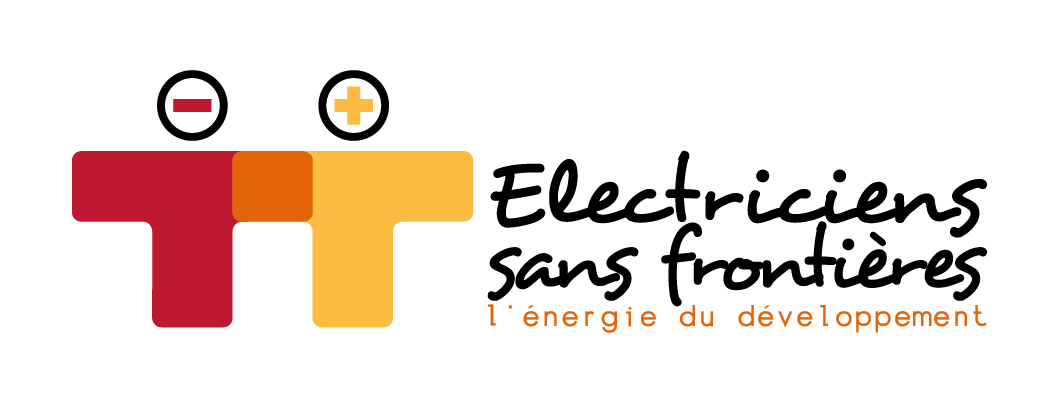We respond to the needs of peoples in distress, whether they have been forgotten by development policies or have been hit by a natural disaster or conflict.
Our fields of activity

Development
70 % of our projects
Fostering human and economic development for the poorest thanks to access to electricity and water.

Emergency
6 % of our projects
Assisting disaster victims and other NGOs working in humanitarian disaster emergencies.
………………………………………………………………………………………

Expertise and support
24 % of our projects
Applying our expertise to the provision of access to electricity and water at the service of international solidarity actors.
Meeting basic needs
Because of its cross-cutting nature, access to electricity and water contributes to addressing food, educational, health, safety, social, economic and environmental challenges.
The sustainability of our actions
Our activities in the field have been based, since 1986, on guiding principles based on our know-how and experience. These principles guarantee the smooth running of projects and ensure that they fully and sustainably meet the needs expressed by local populations.
A practical guide for projects’ design and implementation was created with the support of the URD group. It is declined on 12 criteria, illustrated by examples of the best practices guide and by mistakes to avoid for ensuring the quality of the rural electrification projects.
Going where others don’t
Because 80% of people without sustainable access to electricity are located in rural areas, Electriciens sans frontières acts primarily in rural areas which are far from national electricity networks.
Starting from locally expressed needs
The projects are based on taking into account local social and economic concerns in order to provide efficient solutions adapted to the needs on the ground.
Using as many renewable resources as possible
Meeting energy efficiency criteria
Opting for collective structures
Involving the beneficiaries
